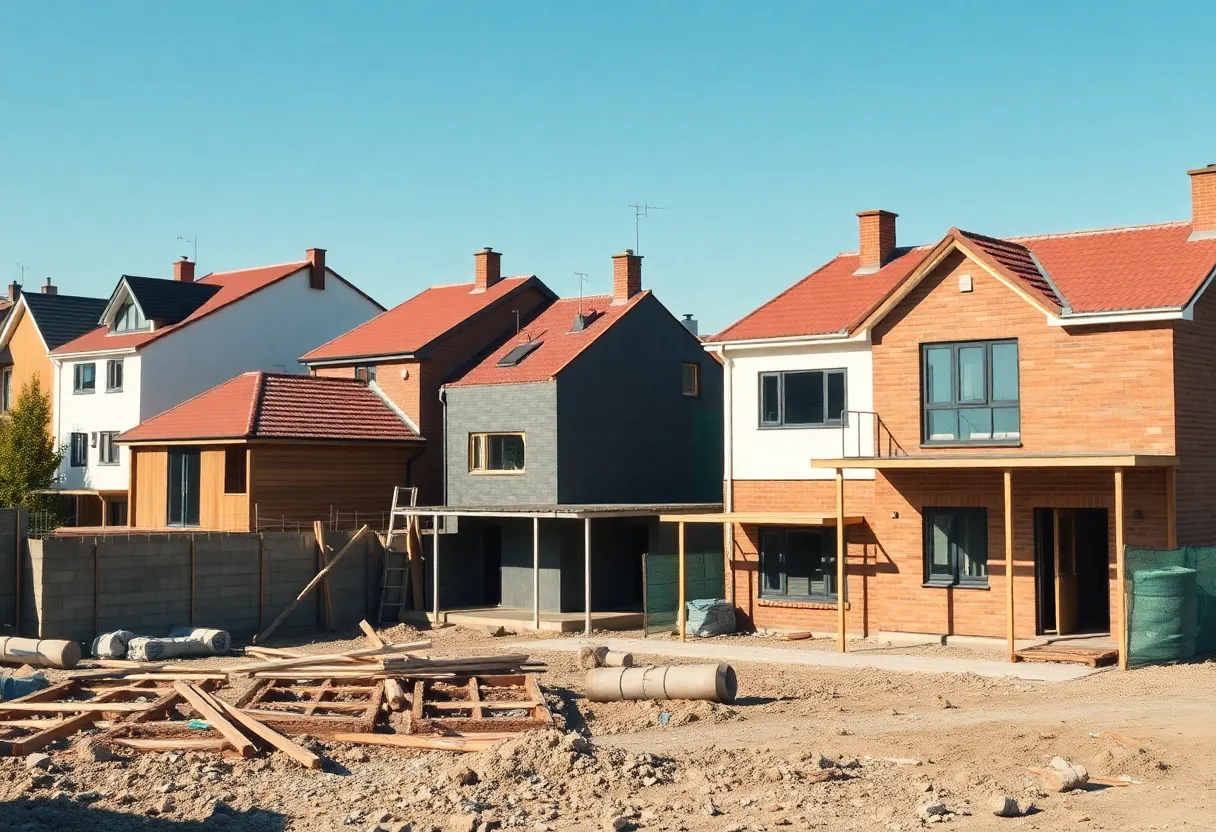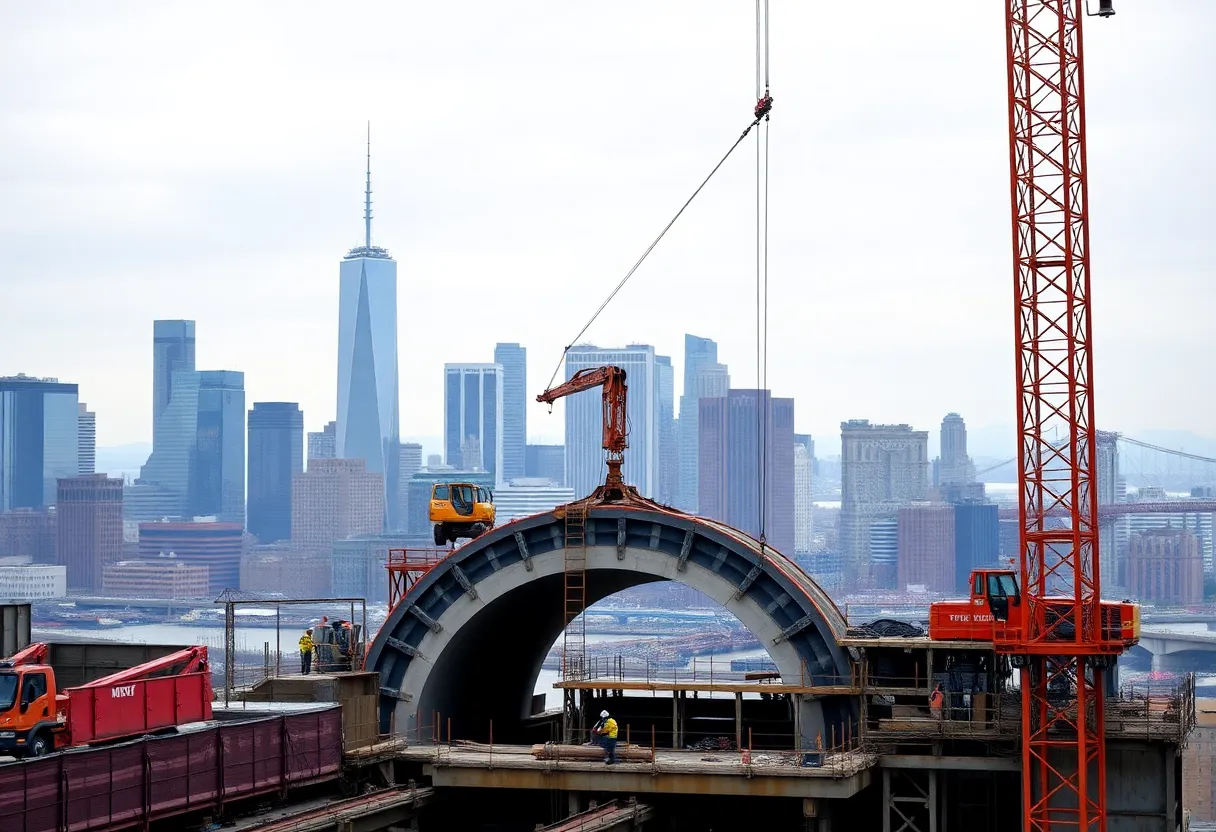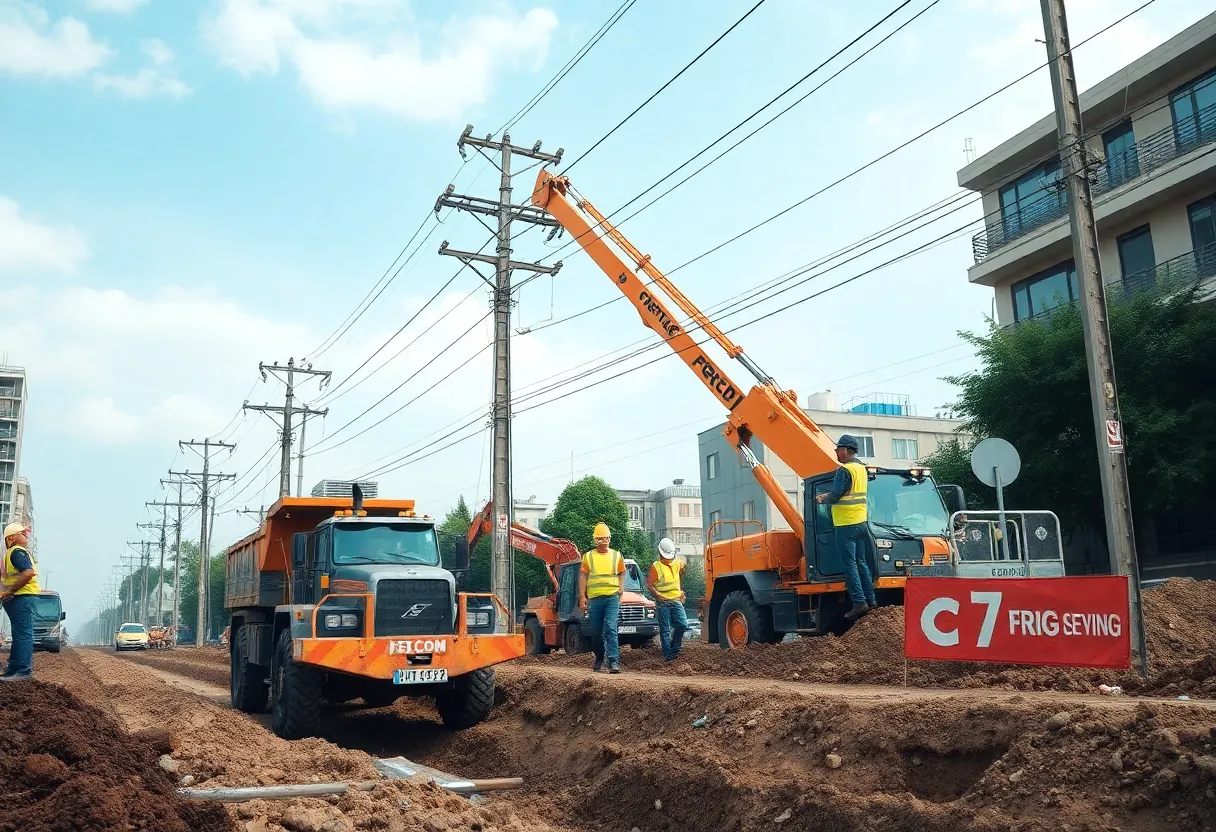News Summary
The housing crisis in Canada and the U.S. is worsening as outdated systems exacerbate challenges faced by developers amidst rising costs. Despite a decline in prices, potential homebuyers remain hesitant due to economic instability and high tariffs impacting construction. Canada requires a significant increase in housing production, while the U.S. faces a critical shortfall. Innovations like prefabrication methods may offer solutions, and reusing meanwhile spaces can keep communities engaged during construction delays. Addressing these issues is vital for future housing availability.
The Persistent Housing Crisis in Canada and the U.S.
The housing crisis affecting Canada and the United States shows no signs of relief, as outdated systems and tariff-driven costs continue to exacerbate the situation. The rising costs of housing are not the only culprits; a combination of economic anxieties, job insecurities, and ongoing fears related to tariffs is making potential homebuyers hesitant, even as home prices slowly decrease.
Decreasing Home Prices Amid Economic Uncertainty
According to recent data, housing prices in Canada have dropped by 3.7% year-over-year, while the U.S. has seen a similar trend, with a 3.9% decrease. Despite these apparent bargains, the fear of ongoing tariffs and economic instability is causing many to delay their home-buying decisions.
Significant Housing Shortfall in Both Countries
Forecasts indicate a significant shortfall in housing units: Canada requires an estimated 3.5 million additional homes by 2030, necessitating the construction of 500,000 homes each year. Currently, Canada’s production is only about half that number. In the U.S., the situation is even more dire, with a housing shortfall estimated at 4.5 million units. This persistent demand for housing is being deferred rather than erased, highlighting an urgent need for systemic change in housing production methods.
The Impact of Tariffs and Supply Chains
One significant challenge in both nations is the reliance on imported materials, particularly lumber. Approximately 30% of all lumber used in U.S. homes is imported, and suppliers are likely to raise prices by 10% to 20% due to ongoing tariffs. This has forced builders in both countries to cancel permits, leading to declining construction margins and potential layoffs.
The Need for Strategic Partnerships and Innovation
Experts suggest that the construction industry is lagging behind in innovation, which limits productivity and efficiency improvements. However, a shift towards strategic partnerships and supply chain alliances is seen as crucial for shaping future housing deliveries. Prefabrication and modular construction methods emerge as viable solutions to boost housing production, with global markets for prefabricated wood building systems projected to reach $35 billion by 2029. These methods not only reduce labor needs but also accelerate construction timelines.
Labor Shortages and Aging Workforce
Labor shortages in the construction sector add to the complexity of the crisis. The U.S. alone requires an additional 439,000 construction workers this year, while around 22% of residential trades workers in Canada are expected to retire by 2033. Simply relying on immigration to fill these gaps will not suffice; substantial improvements in productivity are also essential.
Meanwhile Spaces as Temporary Solutions
Developers are encouraged to explore the concept of “meanwhile spaces” during construction lulls as a temporary solution. Utilizing idle real estate for pop-up retail or community markets can engage local communities and help offset carrying costs. This approach not only provides immediate economic activity but also supports a sense of local engagement.
The Long-Term View: Housing as Infrastructure
In light of the persistent housing crisis, it is imperative to view housing not merely as a commodity but as essential infrastructure. The implementation of engineered supply models is vital for addressing both immediate and long-term housing needs. A transformative approach towards a manufacturing model of construction, driven by vertically integrated developers, is anticipated as a necessary strategy for crisis mitigation.
The housing crisis in North America underscores the pressing need for systemic changes that address outdated practices, labor shortages, and economic barriers. While current challenges may seem daunting, innovative strategies hold the potential to reshape the future of housing in both Canada and the U.S.
Deeper Dive: News & Info About This Topic
Additional Resources
- RSM US: Solving the Housing Crisis with New Construction Methods
- Wikipedia: Housing Crisis
- The Guardian: Democrats, Trump and Tariffs on the Housing Shortage
- Google Search: Housing Market Crisis
- A Wealth of Common Sense: The U.S. Housing Market vs. the Australian Housing Market
- Encyclopedia Britannica: Real Estate
- Newsweek: Donald Trump’s Silence on the U.S. Housing Crisis
- Google News: Canadian Housing Market
- NerdWallet: Canada Housing Market Crash
- Google Scholar: Housing Affordability
Author: Construction NY News
The NEW YORK STAFF WRITER represents the experienced team at constructionnynews.com, your go-to source for actionable local news and information in New York and beyond. Specializing in "news you can use," we cover essential topics like product reviews for personal and business needs, local business directories, politics, real estate trends, neighborhood insights, and state news affecting the area—with deep expertise drawn from years of dedicated reporting and strong community input, including local press releases and business updates. We deliver top reporting on high-value events such as the New York Build Expo, infrastructure breakthroughs, and cutting-edge construction technology showcases. Our coverage extends to key organizations like the Associated General Contractors of New York State and the Building Trades Employers' Association, plus leading businesses in construction and real estate that power the local economy such as Turner Construction Company and CMiC Global. As part of the broader network, including constructioncanews.com, constructiontxnews.com, and constructionflnews.com, we provide comprehensive, credible insights into the dynamic construction landscape across multiple states.





